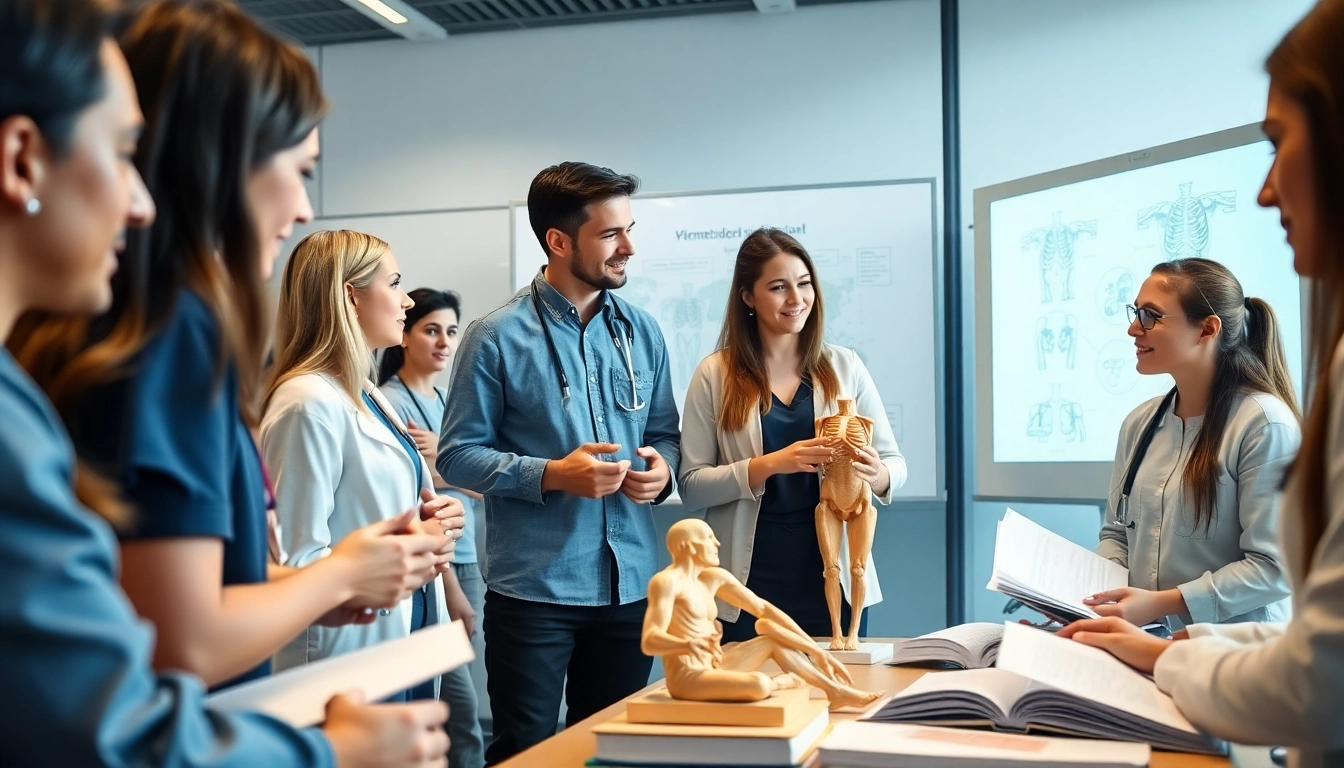Understanding TeSR™ Feeder-Free Media
What is TeSR™ Media?
TeSR™ media are a pioneering range of feeder-free pluripotent stem cell (PSC) culture media designed specifically for maintaining and differentiating human embryonic and induced pluripotent stem cells. Developed through extensive research in the laboratory of Dr. James Thomson, these media represent a significant advancement in cell culture technology, allowing for high levels of consistency and reproducibility. Unlike traditional feeder-dependent cultures, TeSR™ media eliminate the need for animal-derived products, providing a controlled and defined environment crucial for maintaining the pluripotent state of cells.
Importance of Feeder-Free Conditions
Feeder-free conditions are crucial for stem cell research as they reduce the variability introduced by feeder layers, such as those derived from animal sources. These layers can harbor unknown factors that affect cell behavior and can complicate downstream applications. TeSR™ media provide a completely defined formulation, enabling researchers to maintain stem cells in a highly reproducible manner. This consistency is vital when considering downstream applications, such as differentiation into specific cell types or regenerative medicine applications.
How TeSR™ Media Achieves Consistency
TeSR™ media achieve batch-to-batch consistency by utilizing rigorously pre-screened components and proprietary formulations. Each medium is based on well-published protocols and undergoes stringent quality control processes to ensure that researchers can rely on the performance of these products across experiments. This level of control helps minimize variation and maintains the genomic integrity of PSCs, which is critical for achieving reliable and reproducible results in research.
Applications of TeSR™ for Pluripotent Stem Cells
Reprogramming Human Cells with TeSR™ Media
TeSR™ media play an essential role in the reprogramming of somatic cells into induced pluripotent stem cells (iPSCs). Reprogramming involves introducing specific factors that revert differentiated cells back to a pluripotent state. Products like ReproTeSR™ and TeSR™-E7™ are specifically designed to optimize the conditions required for effective reprogramming. These media enable efficient and robust reprogramming of various cell types, including fibroblasts and blood cells, making them valuable tools in regenerative medicine and disease modeling.
Maintenance and Growth of hPSCs
Maintaining pluripotent stem cells in culture requires a delicate balance of growth factors and environmental conditions to preserve their undifferentiated state. TeSR™ media offer enhanced formulations to support the long-term culture of hPSCs. For instance, mTeSR™ Plus contains stabilized components like FGF2, which not only support cell growth but also maintain cell quality during media changes. This medium allows for extended culture durations without the need for frequent passaging, thereby integrating seamlessly into the workflows of research laboratories.
Differentiation Strategies Using TeSR™ Products
Differentiating PSCs into specific cell types presents a significant challenge in stem cell research. The TeSR™ media family supports a variety of differentiation strategies tailored for this purpose. Products such as TeSR™-E5 and TeSR™-E6 have been developed specifically for the differentiation of hPSCs into definitive endoderm and other target lineages. By utilizing these specialized media, researchers can achieve better differentiation outcomes, ultimately enabling applications in tissue engineering and regenerative therapies.
Comparing TeSR™ Media Variants
Differences Between mTeSR™ Plus and TeSR™-E8™
Among the various TeSR™ media, mTeSR™ Plus and TeSR™-E8™ stand out for their unique features. mTeSR™ Plus is designed for maintenance and growth with superior buffering capacity that helps maintain pH stability during culture. This is particularly advantageous when scheduling media changes is difficult. In contrast, TeSR™-E8™, based on a minimalist approach, contains only essential components required for routine maintenance, making it simpler and potentially more cost-effective for large-scale culture processes.
Choosing the Right TeSR™ Medium for Your Research
Selecting the appropriate TeSR™ medium is critical for the success of stem cell research. Researchers should consider factors such as the specific cell type being cultured, the experimental design, and the required differentiation outcomes. The Interactive Product Finder available on the all check website can assist researchers in identifying the most suitable medium based on these parameters, thus enabling tailored approaches to stem cell culture.
Unique Features of TeSR™-AOF and mFreSR™
TeSR™-AOF (Animal Origin-Free) represents another innovation in the TeSR™ media family. It is guaranteed to be free from human and animal materials at the secondary level of manufacturing, providing users with additional assurance regarding safety and compliance with regulatory standards. mFreSR™, on the other hand, is formulated specifically for cryopreservation, featuring components that protect cells from damage during freezing and thawing processes, thus facilitating long-term storage of valuable cell lines.
Expert Insights and Case Studies
Interviews with Leading Researchers
Insights from experts in the field can provide valuable context regarding the application of TeSR™ media. For instance, Dr. Joseph C. Wu discusses his success in differentiating hPSCs to hematopoietic cells using TeSR™ products. Similarly, Dr. Andrew Elefanty emphasizes the robust performance of TeSR™ media in differentiating hPSCs into definitive endoderm, showcasing the versatility of these formulations across different research objectives.
Success Stories Using TeSR™ Media
Numerous laboratories have reported success stories using TeSR™ media in their research. One notable case involves a team successfully deriving cardiomyocytes from hPSCs using mTeSR™ Plus, demonstrating the effectiveness of this medium in supporting both maintenance and differentiation. Such success stories emphasize the reliability of TeSR™ media for producing high-quality stem cell derivatives, which are essential for both basic research and therapeutic applications.
Best Practices from the Field
Researchers have shared best practices for utilizing TeSR™ media effectively in their protocols. Maintaining a sterile environment, closely monitoring cell health, and conducting regular media changes are all recommended practices for achieving optimal results. Additionally, utilizing TeSR™’s specified workflows for reprogramming and differentiation can significantly enhance reproducibility and yield in experiments, thus contributing to the overall success of stem cell research initiatives.
Maintaining Quality and Compliance in hPSC Research
Regulatory Standards for TeSR™ Media
Compliance with regulatory standards is paramount in stem cell research, particularly when moving towards clinical applications. TeSR™ media are manufactured following cGMP (current Good Manufacturing Practice) guidelines to ensure that all products are safe, effective, and of the highest quality. This adherence to regulatory practices not only supports scientific research but also fosters confidence in potential clinical outcomes stemming from these experiments.
Quality Control Measures in Production
Quality control is a cornerstone of the TeSR™ media production process. Each batch undergoes rigorous testing and validation to confirm that the media meet established standards for purity, potency, and performance criteria. This ensures that researchers can trust the functional reliability of the products across different lab settings and applications, ultimately reducing variability in experimental outcomes.
Advancements in Stem Cell Research with TeSR™ Media
The development of TeSR™ media has propelled significant advancements in stem cell research, enabling innovative studies and potential clinical applications. By providing highly effective, feeder-free culture solutions, these media facilitate the maintenance, differentiation, and reprogramming of stem cells, thereby driving progress in regenerative medicine, drug discovery, and disease modeling. As the field of stem cell biology continues to evolve, TeSR™ products will likely play a crucial role in shaping future breakthroughs and therapeutic strategies.




